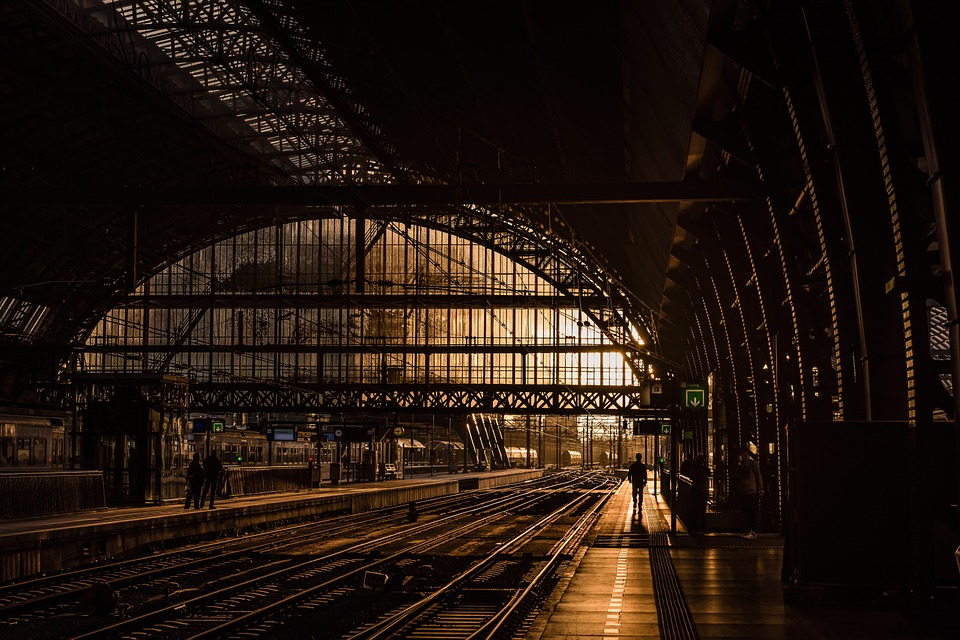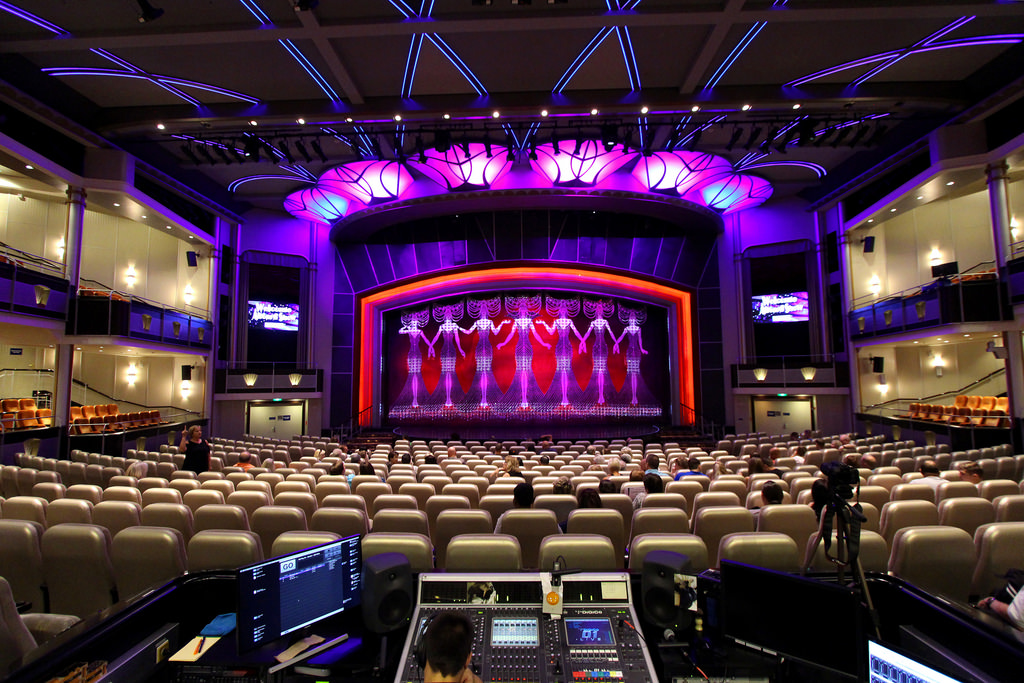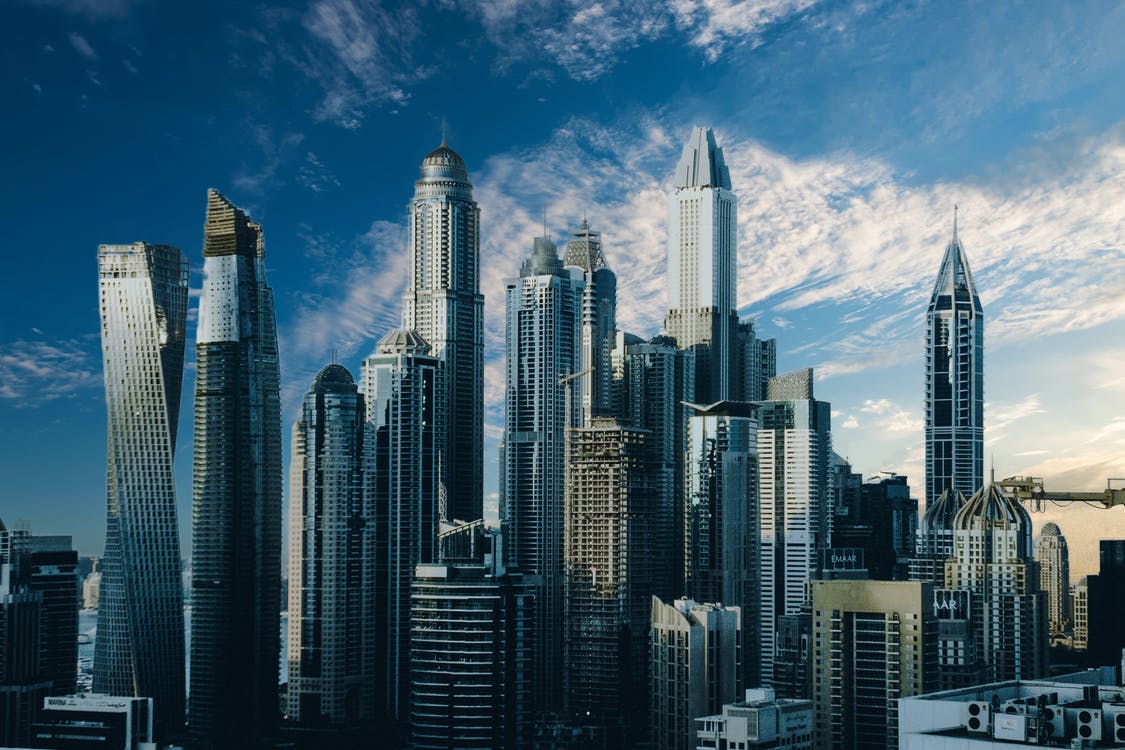The Rise of “Apartment” Stores: How Retailers are Downsizing to Survive
The Rise of “Apartment” Stores: How Retailers are Downsizing to Survive
Confronted with the rise of online shopping, experiential retail has gone in multiple directions, each one suited to their product. Think of the Apple store, which performs the dual task of selling the company’s products and constructing a brand around them through conscious design choices. For sellers whose wares aren’t so high-tech, there’s been a conspicuous rise in what are called “apartment stores,” the term a play on the department stores they’ve largely replaced in urban centers and upscale retail zones.
What Is an Apartment Store?
An apartment store is generally much smaller than their department store forebears: set up as a warm, inviting space not unlike a well-designed living room. Their simple design belies a sophistication perfectly and unobtrusively designed for displaying high-end clothing and housewares, minus the fluorescent lighting and cold tile floors. Patrons can come in, sit down, even have an espresso or other gourmet treats while they peruse the wares on hand.
The result is an intimacy that has the potential to generate real, loyalty-based consumer relationships. A store that feels like home has long been a goal for many retailers, so it’s almost a surprise that it’s taken so long for this concept to catch on. Some sources place the origin of the trend at around 2015, and it’s since taken root in major cities like New York and Berlin.
Retailers who can take the time and effort to construct such a space aim to achieve the ultimate goal in the age of Amazon: provide a great reason for shoppers to get off the couch and into their doors. It’s no secret that offering something more than a simple transaction is one of the most reliable weapons in the modern retail arsenal, and apartment stores have become one of NYC’s most popular experiential spaces.
Why New York City is Embracing Apartment Stores?
A city such as New York is home to millions and millions of potential buyers, so standing out from the fray is paramount. This rule is especially reliable for high-end customers: they can afford the best, and will expect it when they’re spending their retail dollar. For luxury retailers, this has traditionally meant providing personal consulting, private shopping sessions, and early access to exclusive wares. As luxury has gone mainstream, apartment stores give that personal touch in a place whose doors are open to all (even if the most expensive products on the shelf are still out of reach).
At the same time, the skyrocketing price of real estate means that even established retailers have needed to downsize. An apartment store makes the most of limited space, giving luxury without extravagance. By bringing the high-end shopping experience into a place that feels more like home, buyers have a whole new reason to make their way to the store.
Everything Old is New Again
While a mostly recent trend, apartment stores are in a way a bit of a throwback. Before department stores took off in the early-mid 20th century, most storefronts were small and intimate spaces where sellers knew their customers by name. Shopping was mainly confined to the neighborhood, and destination-style megastores had not yet come into existence. When bigger retailers came along, offering selection and prices that could rarely be beat by mom and pop shops, something reassuring and familiar was lost in the process. Apartment stores bring a bit of that familiarity back to shopping, while still maintaining the high standards today’s customer expects.
In a retail environment where size is not always an asset, apartment stores offer luxury brands and middle-market ones alike space for their customers to call home. Thanks to a market where customer loyalty is as valuable as ever and the cost of entry is often forbiddingly high, expect more of these stores to take up (limited) space at a shopping district near you.









